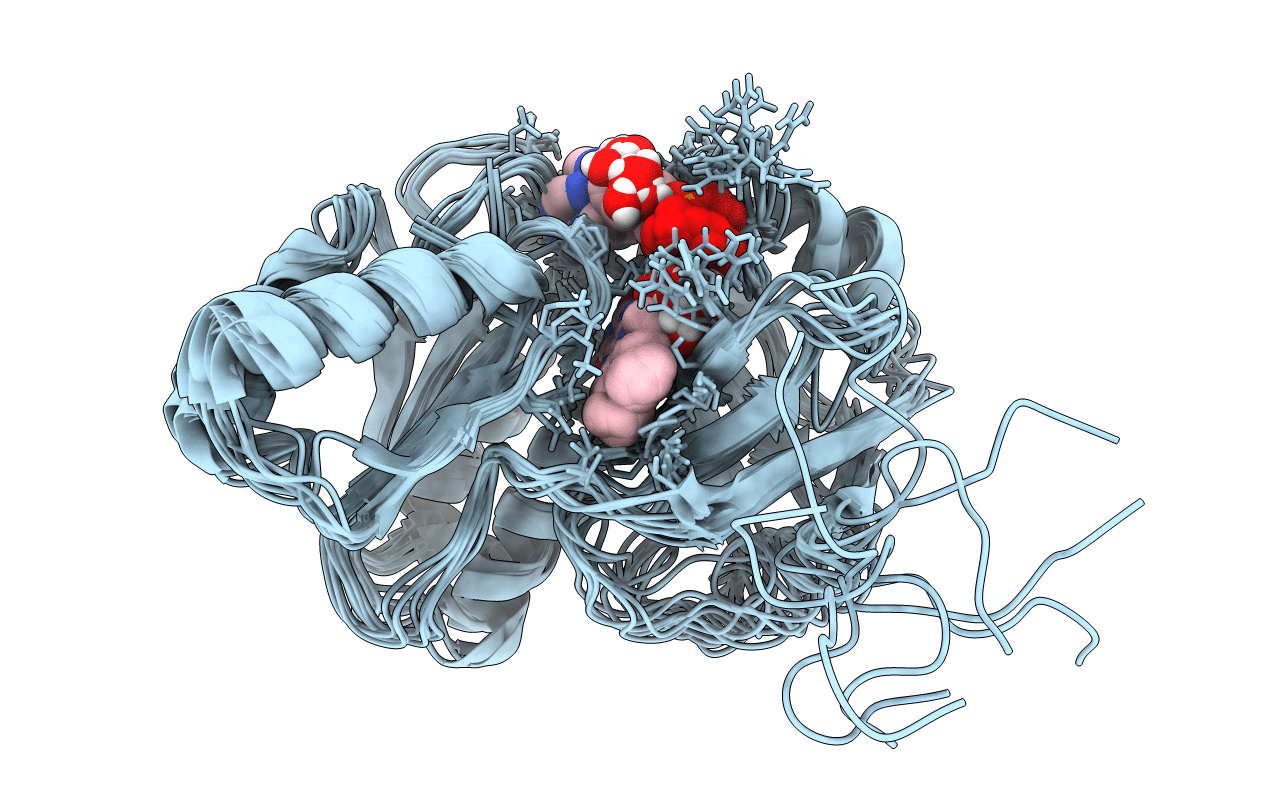
Deposition Date
2004-06-29
Release Date
2004-10-12
Last Version Date
2024-05-22
Entry Detail
PDB ID:
1TVC
Keywords:
Title:
FAD and NADH binding domain of methane monooxygenase reductase from Methylococcus capsulatus (Bath)
Biological Source:
Source Organism:
Methylococcus capsulatus (Taxon ID: 414)
Host Organism:
Method Details:
Experimental Method:
Conformers Calculated:
50
Conformers Submitted:
10
Selection Criteria:
target function


